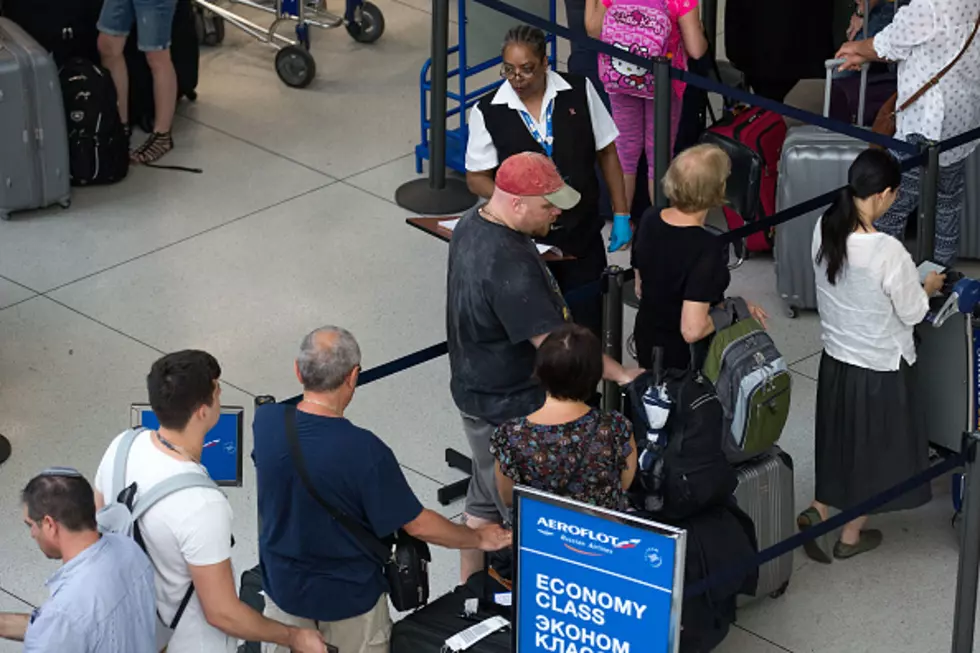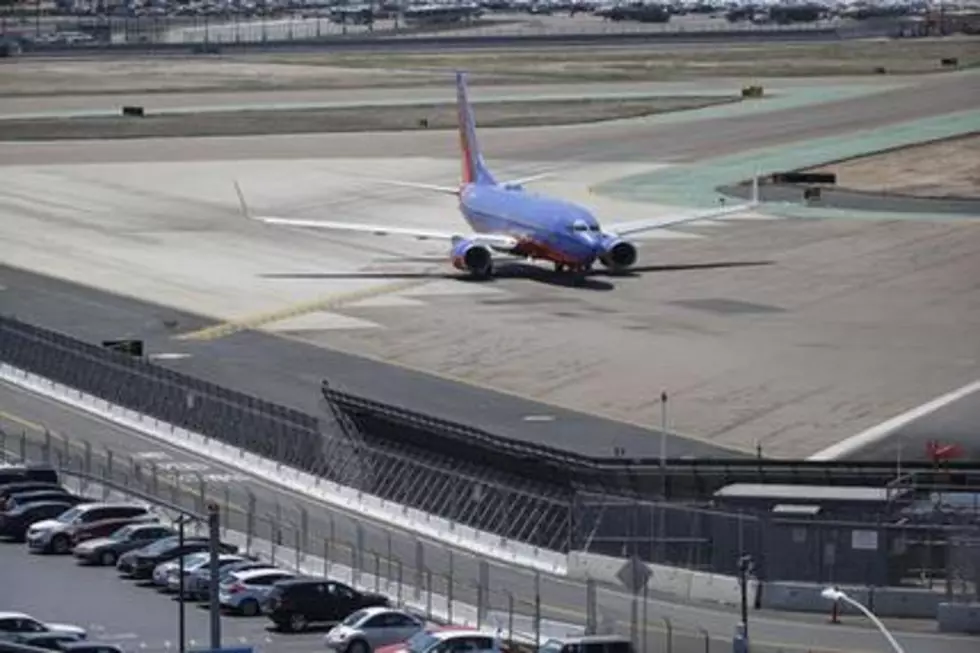
6 things to know about security breaches at American airports
A year ago, 15-year-old Yahya Abdi climbed the fence protecting the airport in San Jose, California, hoisted himself into a parked plane's wheel well and survived a long, freezing flight to Hawaii.
While it was not the first report of a perimeter security breach at a major U.S. airport, there was no easy way to establish how frequently incidents occur. Airports do not like to reveal breaches, and the federal Transportation Security Administration, which is supposed to catalog them, would not divulge what its records show.
So The Associated Press began digging. Many airports fought against releasing records that should be public, but, eventually, a picture emerged. Here are some of the questions and answers about what the AP found.
1. HOW MANY TIMES HAVE AIRPORT PERIMETERS BEEN BREACHED?
Every year, people reach secure areas of the nation's airports by defeating fences, cameras and remote sensors. Some linger for hours before they're discovered, or reach planes on runways or parked at gates.
From Jan. 1, 2004, through Jan. 31, 2015, the AP found 268 perimeter breaches at the nation's 30 busiest airports, as measured by passenger traffic, and the one in San Jose. Because several airports didn't have data going back that far and four refused to release any information, citing security concerns, the total number is surely higher.
Four years had more than 30 breaches each: 2007, 2012, 2013 and 2014. The most was 38, in 2014 and 2012; the fewest 12 in 2009. Among the 268 total breaches, just over half involved people who hopped over or wriggled under fences, slipped through gates or past guardhouses, or were found on foot inside a secure area. About one-quarter involved drivers who smashed into fences or drove through security gates. The rest were incidents for which airports did not provide enough information to determine exactly what happened.
In 2011, a TSA report shared with a congressional subcommittee counted 1,388 perimeter security breaches since 2001 at the 450 airports that the agency regulates. Details from that report are not publicly available.
2. WHY IS IT SIGNIFICANT?
Airports and the federal government have invested hundreds of millions of dollars in perimeter security for good reason. While none of the breaches AP found involved a terrorist plot, people with weapons or a history of violent crimes have been caught. Many were mentally disturbed. A nightmare scenario haunts airport and other public officials: A terrorist could steal onto a parked plane and plant a bomb.
3. WHAT AIRPORTS HAD THE MOST INCIDENTS?
Seven airports in four states accounted for more than half of the breaches. San Francisco International reported 37. Philadelphia International: 25. Los Angeles International: 24. McCarran International in Las Vegas: 21 (though its records check went only to the start of 2009.) Mineta San Jose International: 18. Miami International: 14. And Tampa International: 13.
In Los Angeles, one man accounted for eight breaches between April 2012 and March 2013.
Four airports declined to provide information about perimeter breaches. They were Boston Logan International and three run by the Port Authority of New York & New Jersey: John F. Kennedy International, Newark Liberty International and LaGuardia.
Several incidents from the New York area that made the news were included in AP's count, including one in which a man swam to the edge of a Kennedy airport runway after his watercraft ran out of fuel, climbed a security fence and crossed two runways before finding an airline employee and asking for help.
4. WHAT HAPPENED TO THE INTRUDERS?
At least 140 of the 268 incidents resulted in arrests or citations. AP did not track whether people were prosecuted. Some people - notably lost drivers - were released with no punishment. In other cases, there was not enough information to determine whether the person was punished.
5. WHAT ARE THE HURDLES TO KEEPING TRESPASSERS OUT?
All told, the airports that AP surveyed have hundreds of miles of fencing. At 53 square miles, Denver International Airport's property is larger than the city of San Francisco. Fully securing such large perimeters requires huge investments in security patrols and technology, or both. There is also little appetite to turn large airports into fortresses.
What's more, technology is no guarantee of security. At Kennedy, for example, an expensive "perimeter intrusion detection system" failed to alert authorities to breaches. Elsewhere, officials said that these systems can cause so many false alarms that human monitors could disregard actual intrusions.
6. SO WHAT CAN BE DONE?
Fences and other barriers are not impregnable. Expensive technology - from thermal cameras to fiber optics - could be used to bolster security, but some officials said there aren't enough perimeter intrusions to justify the hefty costs. Experts said other measures should include: regular patrols; ensuring trees are trimmed so that overhanging branches can't be used to avoid barbed wire; and reminding airport employees to challenge anyone who seems out of place or doesn't wear a security badge.
Finally, officials should ensure that whatever technology is in place - whether sophisticated sensors or video surveillance - works, and that there are enough human eyes and ears to respond quickly to alarms when they sound.
© 2015 The Associated Press. All rights reserved. This material may not be published, broadcast, rewritten or redistributed. Learn more about our Privacy Policy and Terms of Use.
More From New Jersey 101.5 FM









